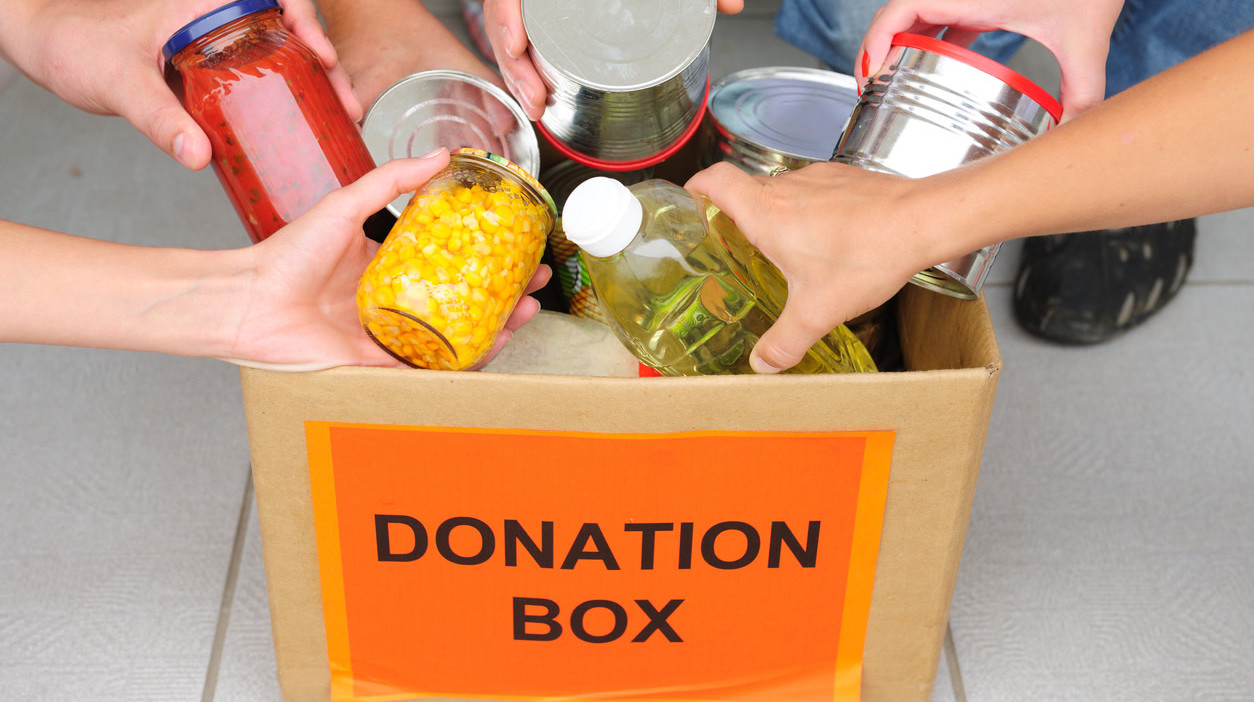West Virginia Food Bank Has Lots Of Food But No Way To Distribute It
The Charleston Gazette-Mail of West Virginia paid a visit to the Mountaineer Food Bank in Gassaway, a town in the rural central part of the state, to find out why food pantries in more isolated and remote areas were understocked. Reporter Amelia Ferrell Knisely found a warehouse "stacked high with pallets of food." But none of it is reaching the people who need it most—either because they live in an area without a local grocery store or because they're out of work—simply because there's no way to transport it.
The Mountaineer Food Bank requires that all perishables traveling more than 30 minutes be transported in a refrigerated truck or van. The cost of one of those can run up to $50,000, plus insurance. (The Gazette-Mail story didn't mention if there were any available to rent and if so, how much that would cost.) The food bank will deliver, but one food pantry representative reported that the delivery fee was 25% of the order (or $500 for $2,000 of food). The average monthly budget for a food pantry in West Virginia is less than $1,300 according to the Food Justice Lab at West Virginia University; many have nothing at all, and the state budget hasn't allocated any funds to help them (though there is pending legislation to establish a state-run grant program to help pantries pay for transportation).
Some food pantries get around the problem by stocking only non-perishables that volunteers transport in their own vehicles. (Only a quarter of the state's food pantries have paid staff.) Many of these volunteers are elderly. It also costs money to drive to Gassaway and back.
It's a sad paradox that so much food has been donated, and yet there's no way to get it to the people who need it. "It's an interesting dilemma for food banks that have an excess food but not an adequate workforce to distribute that food," said John Lohnes, food policy research director at West Virginia University. "That's a bottleneck in the system."
